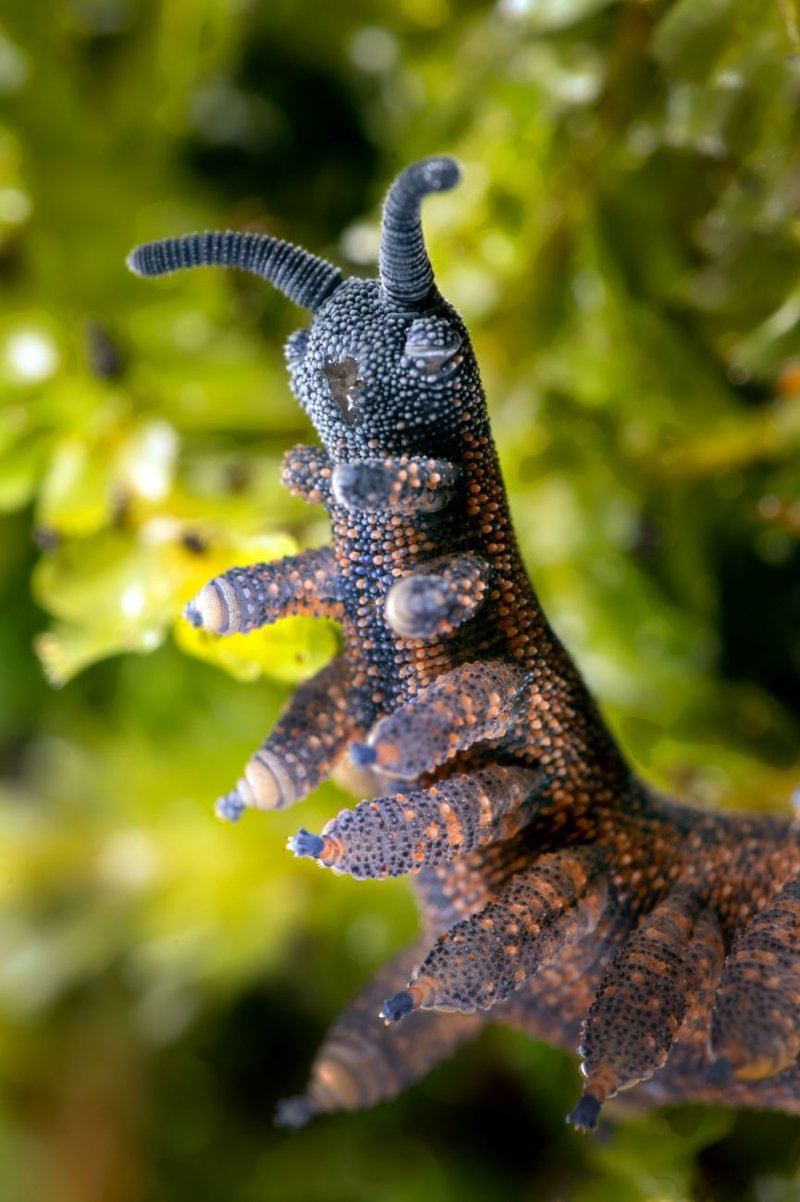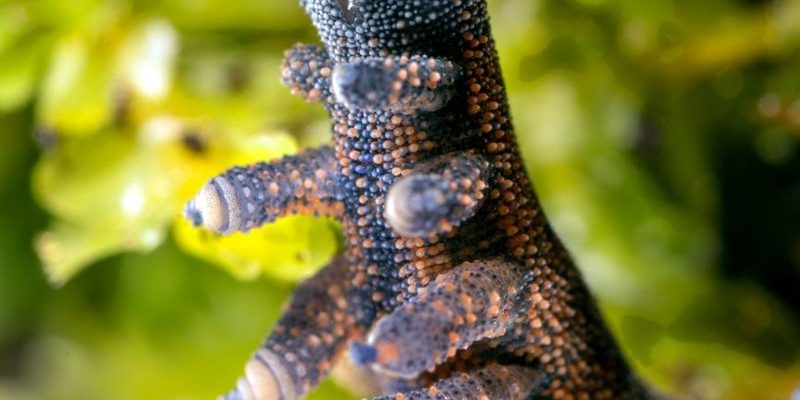
As cities grow, many people are curious about the wildlife that can thrive alongside us. Just like how some folks love to spot foxes and rabbits in their backyards, velvet worms are another interesting species that might be lurking just out of sight. In this article, we’re going to explore where velvet worms usually live, whether they can adapt to urban environments, and what that means for urban biodiversity.
What Are Velvet Worms Anyway?
Velvet worms, known scientifically as *onychophorans*, are a unique group of invertebrates that resemble a hybrid between slugs and caterpillars. They have soft, often brightly colored bodies covered in tiny hairs, giving them their velvety appearance. These creatures can grow up to several inches long, and they have 14 to 43 pairs of legs, depending on the species.
Here’s the thing: velvet worms play a crucial role in their ecosystems. They’re mainly nocturnal hunters, using a sticky slime to capture their prey, which typically includes small insects. This hunting method is quite fascinating! Picture this: a velvet worm quietly sneaks up on an unsuspecting insect and shoots out a slimy thread that ensnares its meal—talk about a cool party trick!
Though they might not be household names like common pets, these little beings are an important part of the food web, making them worth knowing about.
Where Do Velvet Worms Live?
Velvet worms are typically found in tropical and subtropical regions, thriving in moist environments like leaf litter and forest floors. They love damp, shady spots where they can stay moist and hunt for their favorite snacks. Countries like Australia, New Zealand, and parts of Central and South America are home to diverse velvet worm species.
Now, why all this focus on moisture? Velvet worms have **permeable skin**, which means they can easily lose water. If they dry out, they can’t survive. This leads us to an interesting question: can they find the right environment in urban green spaces?
Urban Green Spaces: Are They Suitable for Velvet Worms?
Urban green spaces, like parks and gardens, can host a variety of wildlife, but they often come with challenges. The main factors that play into whether velvet worms can thrive include habitat quality, moisture levels, and available food sources.
In many urban areas, you might find gardens filled with native plants that help retain moisture and provide shelter. However, the presence of chemicals, like pesticides or fertilizers, can harm these delicate creatures. Here’s where it gets tricky; parks may have areas that mimic their natural habitat, but they can also be too dry or stripped of the leaf litter they love.
A little secret? If you’re in a city with lush parks, there’s a chance that velvet worms could call those spaces home. They just need the right conditions—plenty of organic material, moisture, and a tucked-away spot to avoid disturbances.
Can Velvet Worms Adapt to City Life?
You might be wondering if velvet worms can really adapt to the hustle and bustle of urban life. The short answer is: it’s complicated. While some species of wildlife adapt well to city environments, others struggle. Velvet worms are sensitive creatures, so they aren’t as likely to thrive in urban settings as more adaptable species like squirrels or pigeons.
Let’s break it down a bit further:
- Habitat Fragmentation: Urban environments can be fragmented, meaning green spaces are often isolated from one another. This can limit the movement of velvet worms, making it hard for them to find suitable habitats.
- Moisture Availability: Parks with trees and vegetation may provide enough moisture for velvet worms, but many urban landscapes are more arid. Without moisture-retaining leaf litter, they can easily dry out.
- Pollution and Chemicals: The presence of pollutants can harm velvet worms, as they are quite sensitive to environmental changes. Chemical treatments in urban gardens can also be detrimental to their survival.
Overall, while adaptation is possible, the odds are against these creatures in urban settings.
Where Might You Spot Velvet Worms in Urban Areas?
If you’re keen on finding velvet worms, your best bet is to visit green spaces that are rich in biodiversity. Here are some suggestions for optimal spotting:
- Lush Parks: Look for parks with dense vegetation and lots of leaf litter. Areas with old trees and natural growth are ideal.
- Community Gardens: These gardens often focus on biodiversity and natural practices, which could create better conditions for velvet worms.
- City Nature Reserves: Some cities have nature reserves that promote wildlife conservation and minimize human impact. These are excellent spots to explore.
If you do go hunting, be respectful of their habitat! Velvet worms are sensitive creatures, and handling them can cause harm.
The Importance of Fantasy and Reality in Urban Biodiversity
The existence of velvet worms in urban green spaces ties into a larger conversation about biodiversity in cities. Urban areas often prioritize development, but we also need to think about how wildlife, including unique creatures like velvet worms, fits into this picture.
Why does this matter? Increasing urban biodiversity is essential for ecological health. It helps maintain balanced ecosystems, provides benefits like pest control, and even enhances the quality of life for city dwellers. Just because we’re surrounded by concrete doesn’t mean we can’t foster the kind of environment where quirky creatures like velvet worms can thrive.
As urban planners and local communities become more conscious of biodiversity, they can create habitats that support various species, enriching our lives in the process.
So, can velvet worms be found in urban green spaces? The answer is, it’s possible, but it comes with some challenges. With their delicate nature and specific habitat needs, velvet worms aren’t the most urban-friendly species out there. However, with well-maintained parks and efforts to preserve biodiversity, there’s always a glimmer of hope.
Ultimately, it’s all about fostering environments that support diverse wildlife. Next time you’re strolling through your local park, take a moment to appreciate all the hidden life around you. Who knows? Maybe you’ll encounter one of these velvety little wonders!

